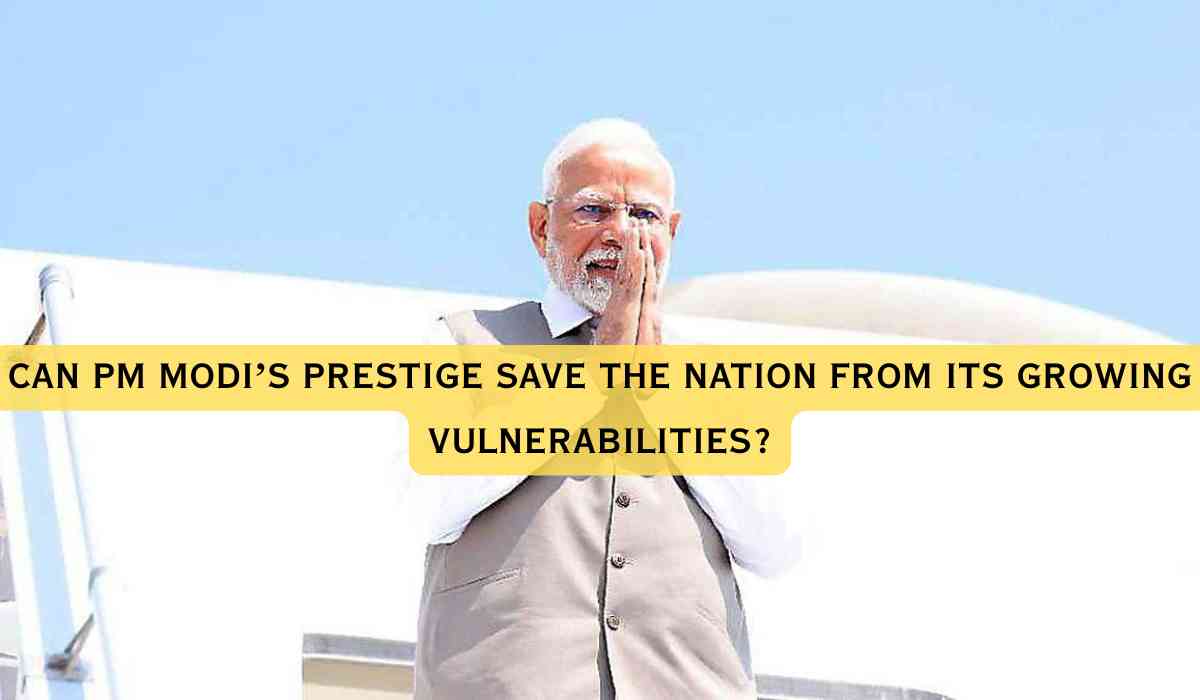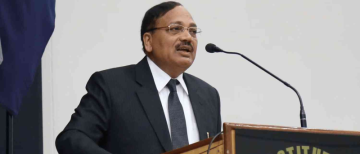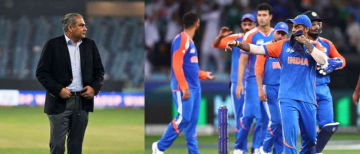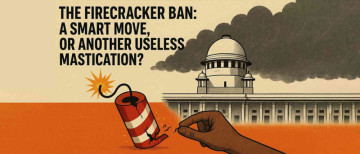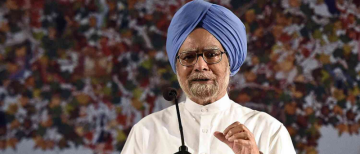Despite Prime Minister Narendra Modi’s celebrated international stature and repeated claims of strong global alliances, India finds itself increasingly exposed to severe geopolitical and domestic vulnerabilities. Is political prestige enough when critical national challenges remain unaddressed?
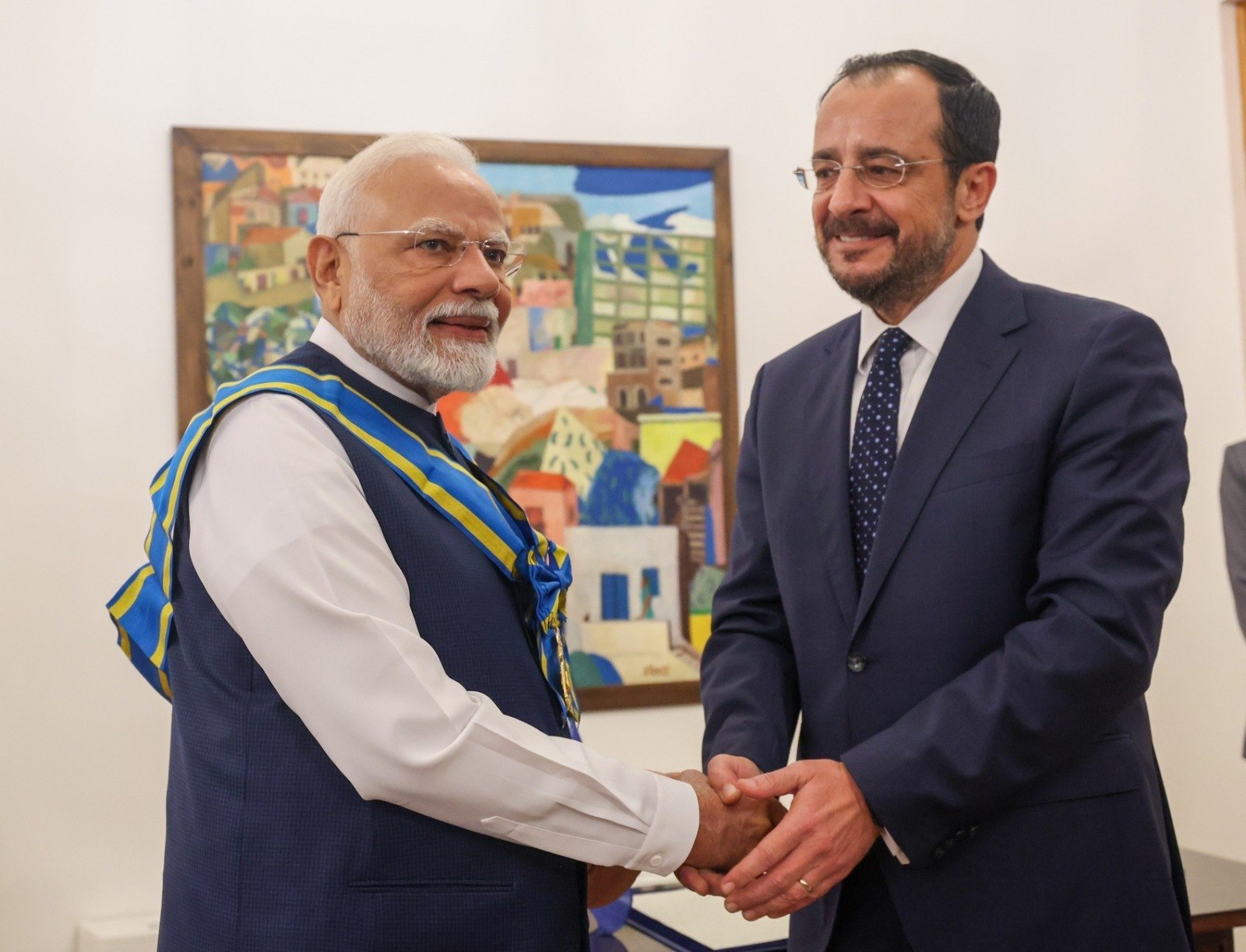
A Dangerous Decade Ahead for India
India stands at a critical juncture in its modern history—a moment that demands more than rhetoric, international tours, and symbolic grandstanding. Over the next ten years, India will face unprecedented economic, security, and geopolitical threats, the likes of which could undermine all the gains made over the last two decades.
But is the Modi government, now deep into its third term, truly focused on preparing the nation for what lies ahead? The signs suggest otherwise.
As global power structures fracture, old alliances lose relevance, and new threats emerge on multiple fronts, India’s current leadership appears distracted—investing valuable political capital in relentless electioneering rather than in consensus-driven reforms and long-term national strategy.
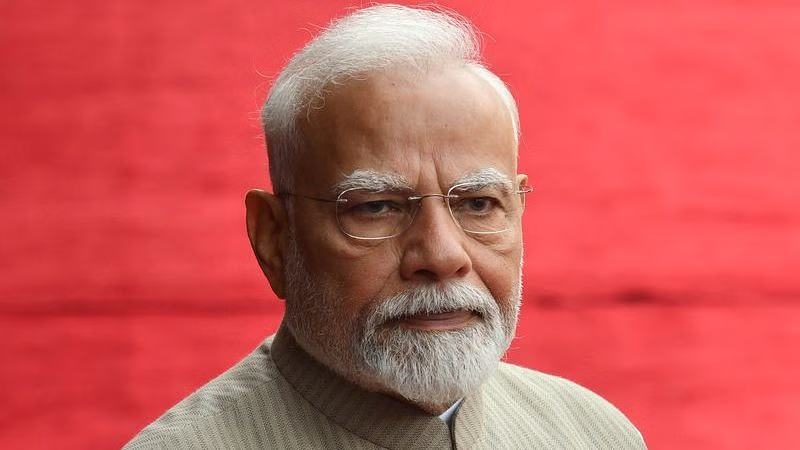
An Eroding Global Order and India’s Rising Exposure
Let’s consider the shifting global order. The China-Pakistan axis is tightening, evolving into an openly revisionist front hostile to Indian interests. Even more troubling is the potential for Bangladesh, currently ruled by India-friendly Sheikh Hasina, to subtly or overtly pivot towards this anti-India alliance following its upcoming general elections. The regional security architecture that once gave India some breathing room is fast disintegrating.
Further west, West Asia is becoming a geopolitical powder keg. With Iran-Israel tensions spiralling and proxy conflicts intensifying, the region that supplies a significant portion of India’s energy needs could become a battlefield. Meanwhile, Russia is increasingly subservient to China due to its prolonged entanglement in Ukraine. And the United States, especially under the prospect of a second Donald Trump presidency, looks increasingly isolationist and transactional—hardly the reliable strategic partner India needs.
If PM Modi claims to have built strong global relations, why does India continue to find itself diplomatically isolated when it matters most? Why hasn’t Modi’s global charm offensive translated into strategic leverage?
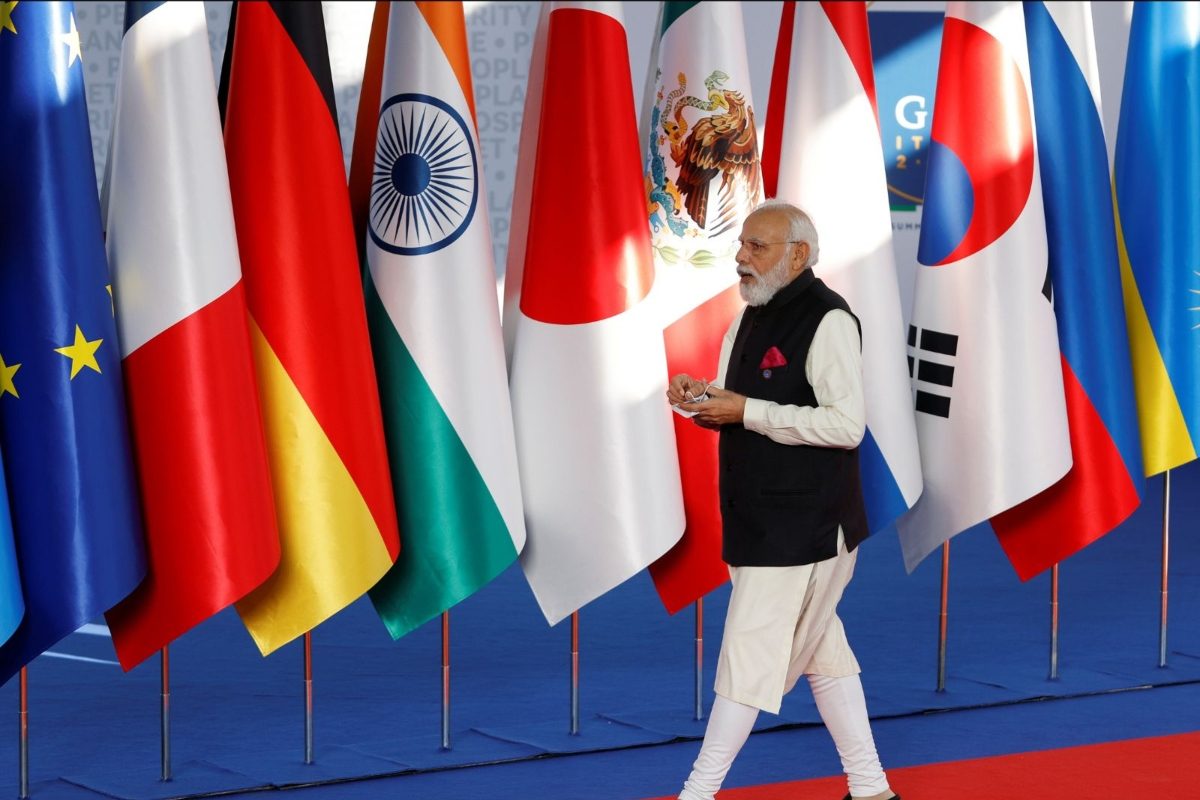
India’s Structural Vulnerabilities: More Than Just External Threats
India’s vulnerabilities are not limited to the geopolitical. They are deeply rooted in structural economic, institutional, and governance deficiencies that require urgent attention.
1. An Economy in Waiting
Unlike post-war Europe, Japan, or the Asian Tigers—who benefited from U.S.-sponsored economic boosts—India has no global benefactor. In fact, both the U.S. and China have reasons to quietly thwart India’s rise. Until we hit the $10 trillion GDP mark and create millions of high-quality jobs, India will remain fragile. And even under ideal circumstances, achieving this goal could take over a decade.
2. Defence Readiness Is Lagging
While India’s defence capabilities are improving, many strategic projects—like the Advanced Medium Combat Aircraft (AMCA), nuclear submarines, and warships—remain years away from operational deployment. China, in contrast, is rapidly equipping Pakistan with stealth fighters and other advanced hardware, leaving India dangerously vulnerable in the short term.
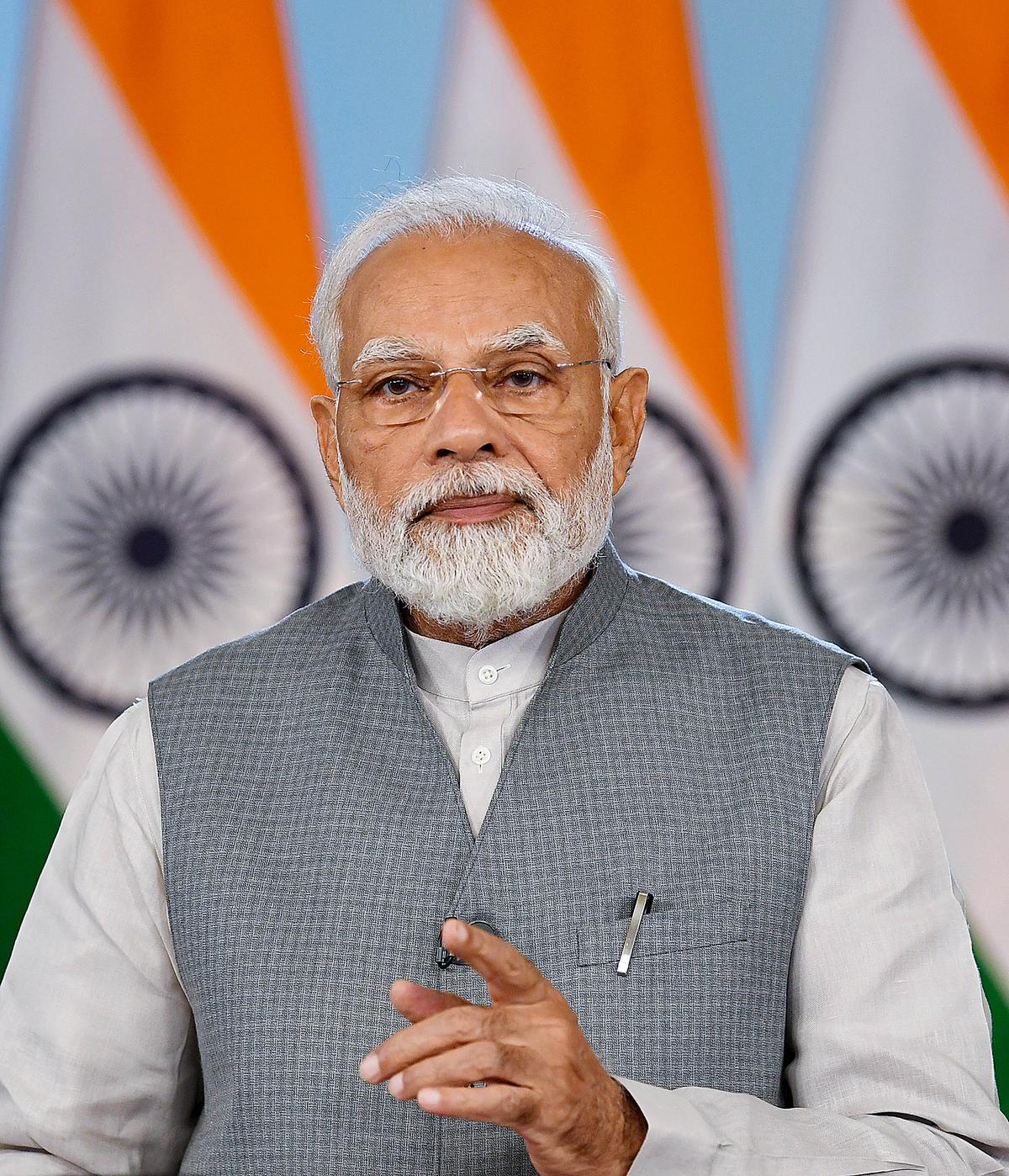
A Divided House: The Need for Political Consensus
What makes these vulnerabilities more dangerous is the glaring absence of political consensus. Modi, with his 303-seat majority, holds enormous political capital. But consensus-building has been replaced by political one-upmanship.
Instead of engaging opposition parties meaningfully, the Modi government often delegates critical negotiations to junior ministers while the Prime Minister maintains a calculated distance. All-party initiatives—such as the diplomatic push after Operation Sindoor—are welcome, but the government’s reluctance to personally engage with opposition figures like Rahul Gandhi only breeds further mistrust.
Why does Modi shy away from direct engagement with his political opponents? What good is political capital if it's used only to win elections, not build unity?
The Freebie Dilemma and Reform Paralysis
Despite its electoral dominance, the Modi government has failed to push through vital reforms, particularly in its second term.
After the 2021 farmer protests led to a humiliating rollback of three key farm laws and the delay of the Citizenship Amendment Act (CAA), the government lost its appetite for bold economic reforms. Privatisation, once a priority, is now rarely mentioned. Even BJP-ruled states seem hesitant to deregulate land and labour laws.
Worse still, both the BJP and the opposition are now locked in a race to outdo each other on freebies—power subsidies, direct transfers, and election-time doles that drain fiscal resources and discourage self-reliance.
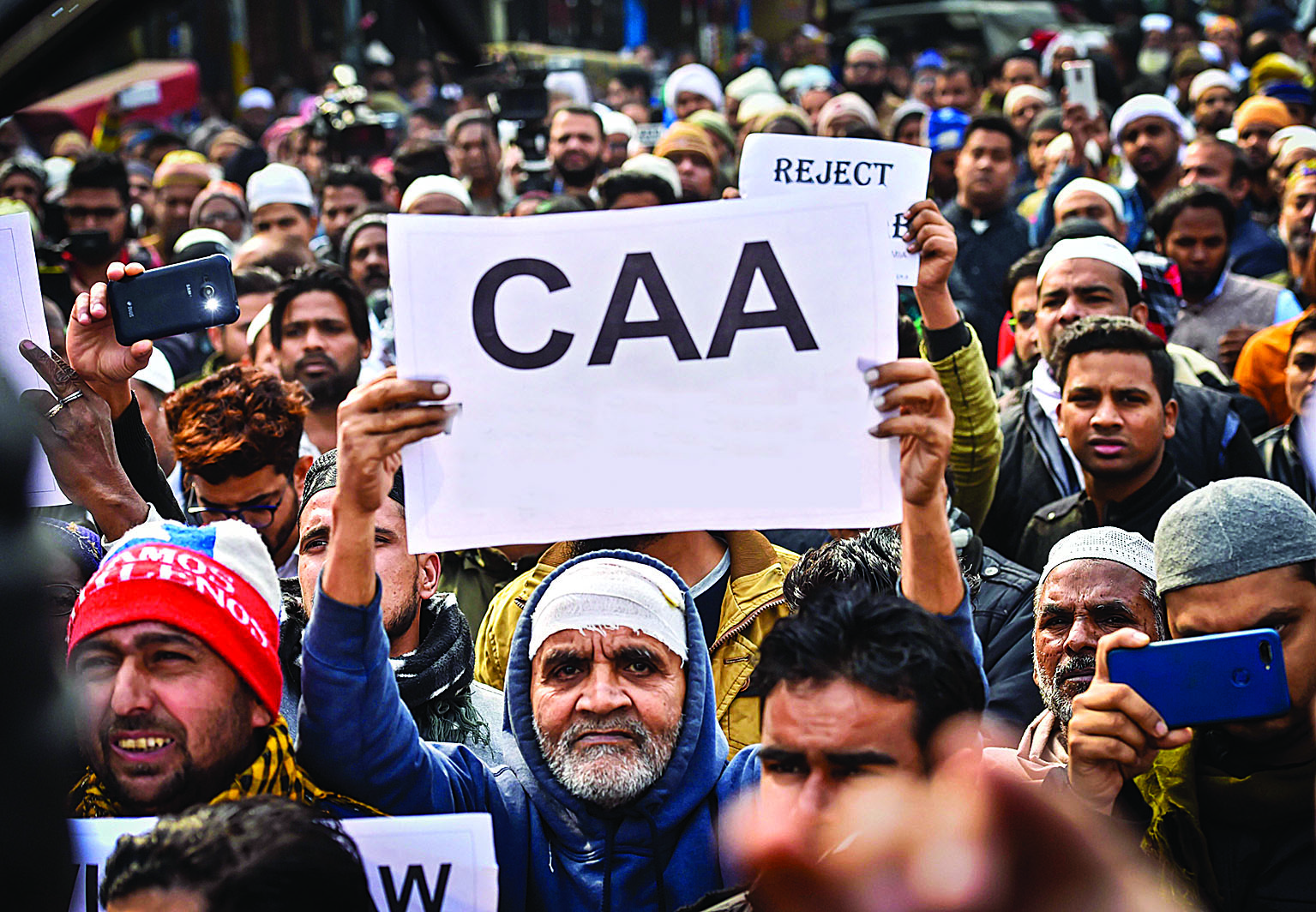
Structural Reforms: The Only Way Forward
To navigate this decade of danger, India needs a wave of structural reforms:
-
Judicial and Police Reforms: Our legal system remains slow, and law enforcement is still colonial in mindset. Draconian laws continue to be misused, undermining democracy and rights.
-
Defence Modernisation: Indigenous production must be accelerated. Public-private partnerships in defence should be encouraged through de-bureaucratisation and technology sharing.
-
Economic Deregulation: Agriculture, labour, and land policies must be decentralised to empower states. Urban infrastructure and job creation should be the core focus of fiscal planning.
-
Political Federalism: Real decentralisation is essential. The Centre must shed some powers, allow states autonomy in agriculture and welfare policy, and limit the role of centrally appointed Governors to prevent political interference.
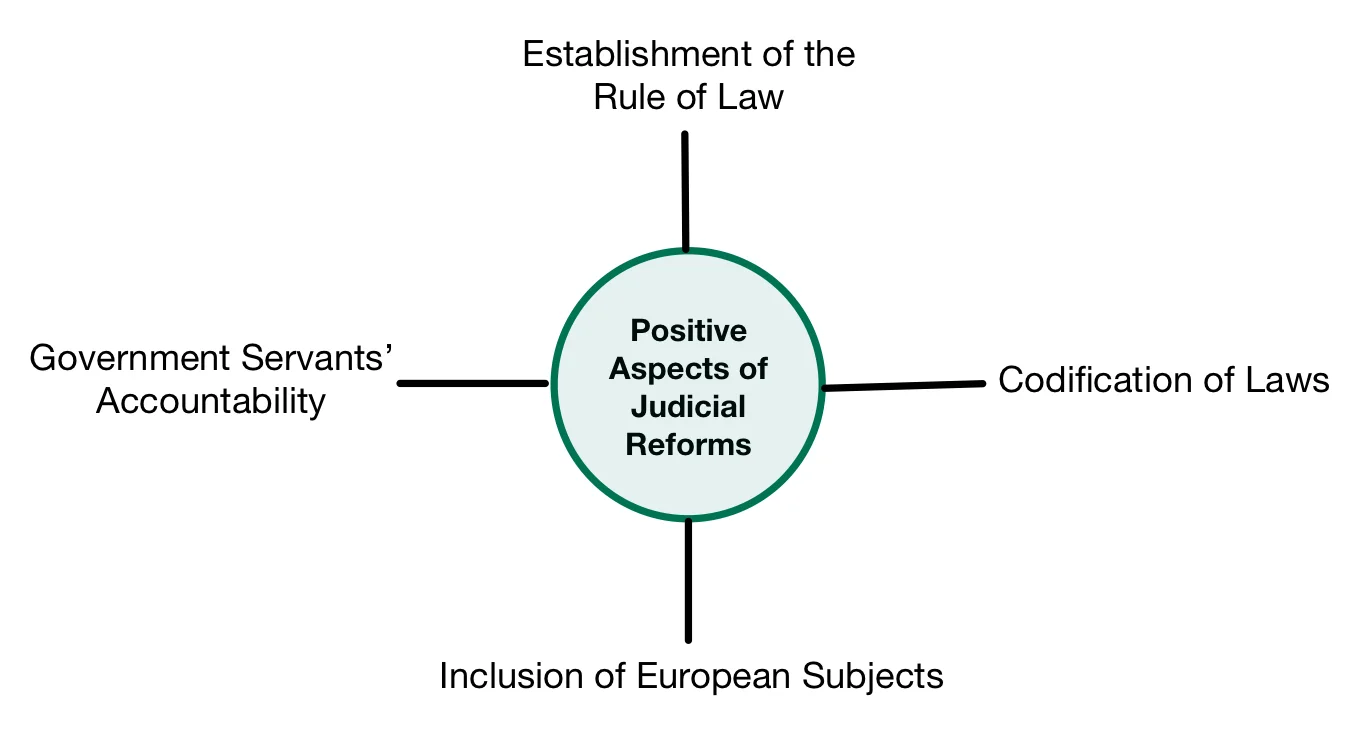
Modi’s Dilemma: A Crisis of Prioritisation
Modi has built his brand on being a decisive, development-focused leader. But a decade into his leadership, his failure to prioritise reforms over rhetoric is glaring.
His image remains a potent electoral force—but is that enough?
India doesn’t need a Prime Minister who simply wins elections; it needs one who wins the future.
If Modi wishes to leave behind a meaningful legacy, he must actively build political bridges, not just majorities. He must use his clout to forge a unified vision for national development, security, and governance.
Reimagining National Leadership
India doesn’t need just a "double-engine sarkar"—a term often used by the BJP to indicate Centre-State alignment under the same party—but a three-engine strategy where the Centre, States, and Local Governments work in harmony.
For this to happen:
-
Modi must devolve leadership. State satraps and second-in-command leaders should be empowered to manage elections, allowing Modi to focus on grand strategy.
-
Governors must be restrained. Political meddling from the Centre through gubernatorial overreach undermines federal harmony.
-
Delimitation and decentralisation must be tackled head-on. Electoral representation must reflect demographic realities, and local bodies must get funds and autonomy.
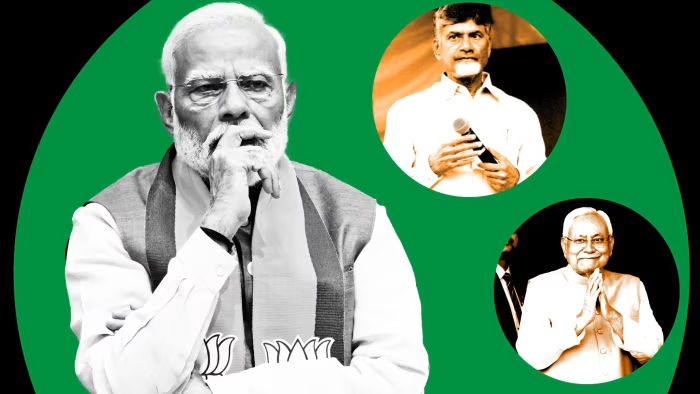
Prestige vs. Performance
PM Modi must confront a fundamental question: What is the use of all his global prestige if it doesn’t translate into tangible outcomes for India’s economy, security, and future?
In a world tilting towards chaos, India needs a leader fully engaged with its existential challenges, not one distracted by the next state election or a PR campaign abroad.
The coming decade will not forgive half-measures, nor will history. Prestige must now give way to performance, and political capital must be spent not just to win votes, but to build a resilient, reform-driven, and unified India.
Views expressed in the above piece are personal and solely those of the author. They do not necessarily reflect Vygr’s views.
With inputs from agencies
Image Source: Multiple agencies
© Copyright 2025. All Rights Reserved Powered by Vygr Media.

